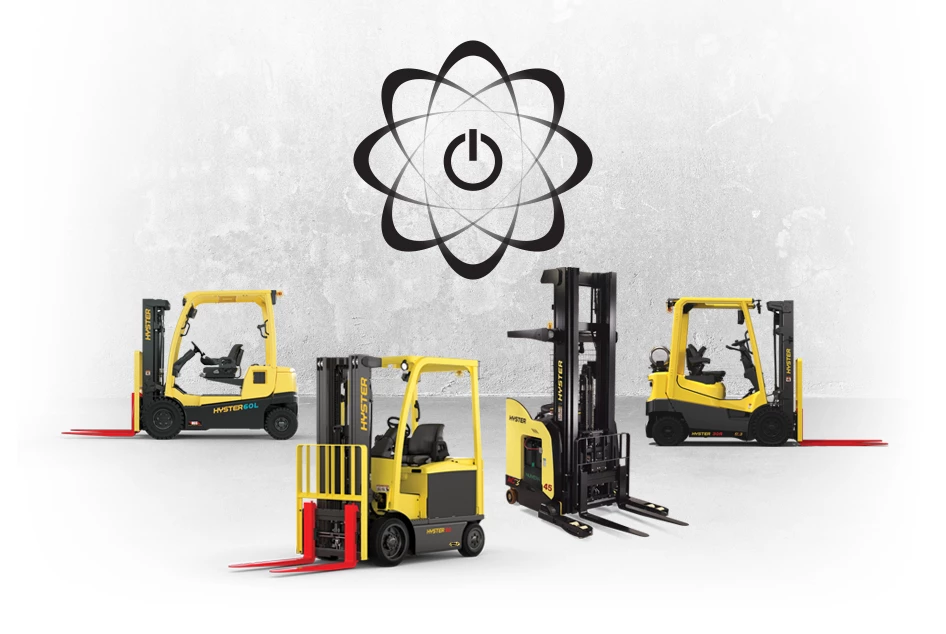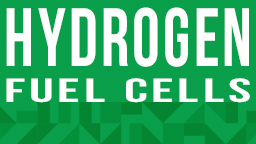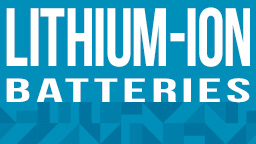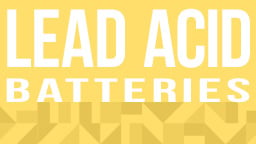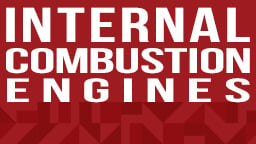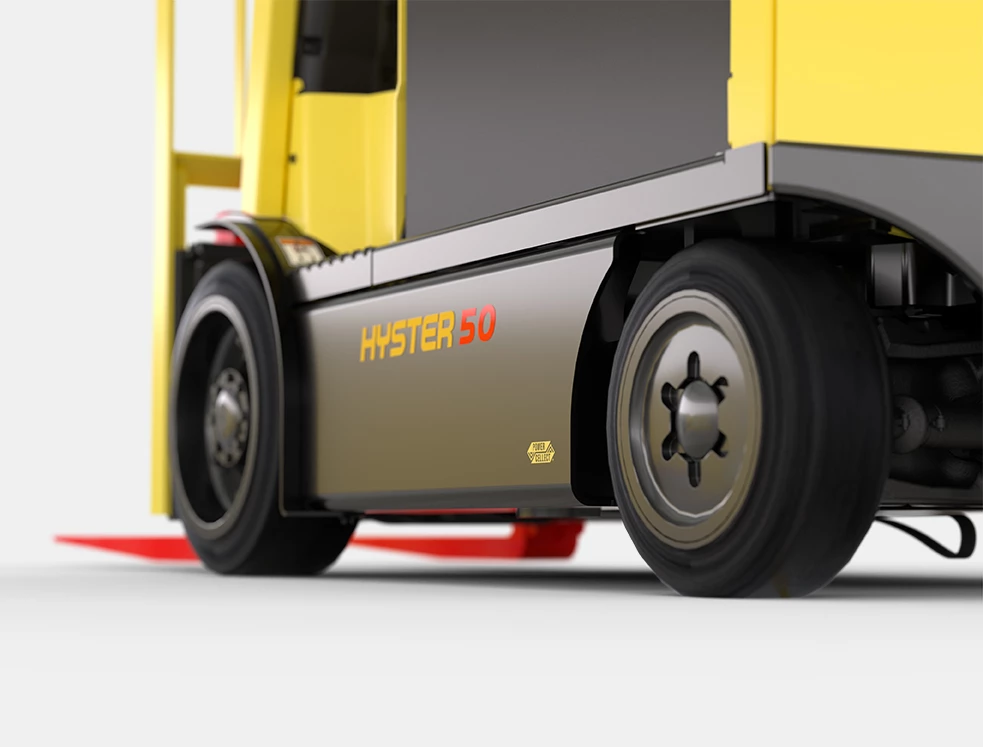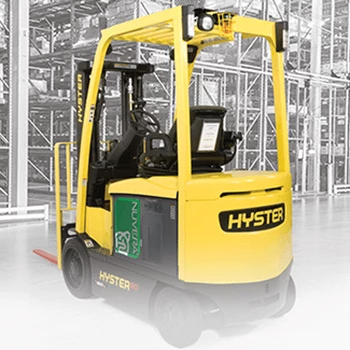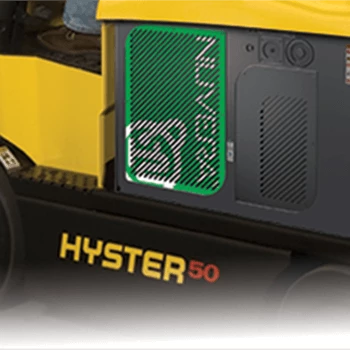HYDROGEN
FUEL CELLS |
 No harmful emissions; only water vapor and heat |
 Space-efficient infrastructure; storage can be located outside facility with dispensers located indoors or outdoors |
 Moderate maintenance requirements |
 None, though refueling system may have requirements |
 Simple, fast refueling |
 Consistent power delivery until full depletion |
LITHIUM-ION
BATTERIES |
 No harmful emissions |
 No specialized changing or maintenance rooms required |
 No maintenance or equalization required |
 More intense electrical grid burden, depending on fleet size and charge intervals. |
 Designed for opportunity charging; faster recharge capability than lead acid |
 Consistent power delivery until full depletion |
| Thin Plate Pure Lead (TPPL) |
 No harmful emissions |
 No specialized changing or maintenance areas required |
 No maintenance required, fast equalization |
 Moderate electrical requirements, depending on fleet size |
 Designed for opportunity charging, faster recharge than traditional lead acid |
 Slight power output decline as charge depletes |
LEAD ACID
BATTERIES |
 None while in operation, but does emit fumes that require ventilation during battery charging |
 Separate room, infrastructure often required for battery charging, changing and maintenance |
 Higher maintenance requirements compared to other electric options |
 Moderate electrical requirements, depending on fleet size |
 Complex and time-consuming battery maintenance, charging or changing |
 Diminishing power output as battery charge depletes |
INTERNAL
COMBUSTION
ENGINE |
 Emissions while in operation. Well-suited for outdoor or properly ventilated environments |
 Primary fueling and storage infrastructure located outside facility |
 Requires regular, but not daily, maintenance |
 None |
 Simple, fast refueling with tank changes or pump |
 Consistent power delivery until full depletion |
